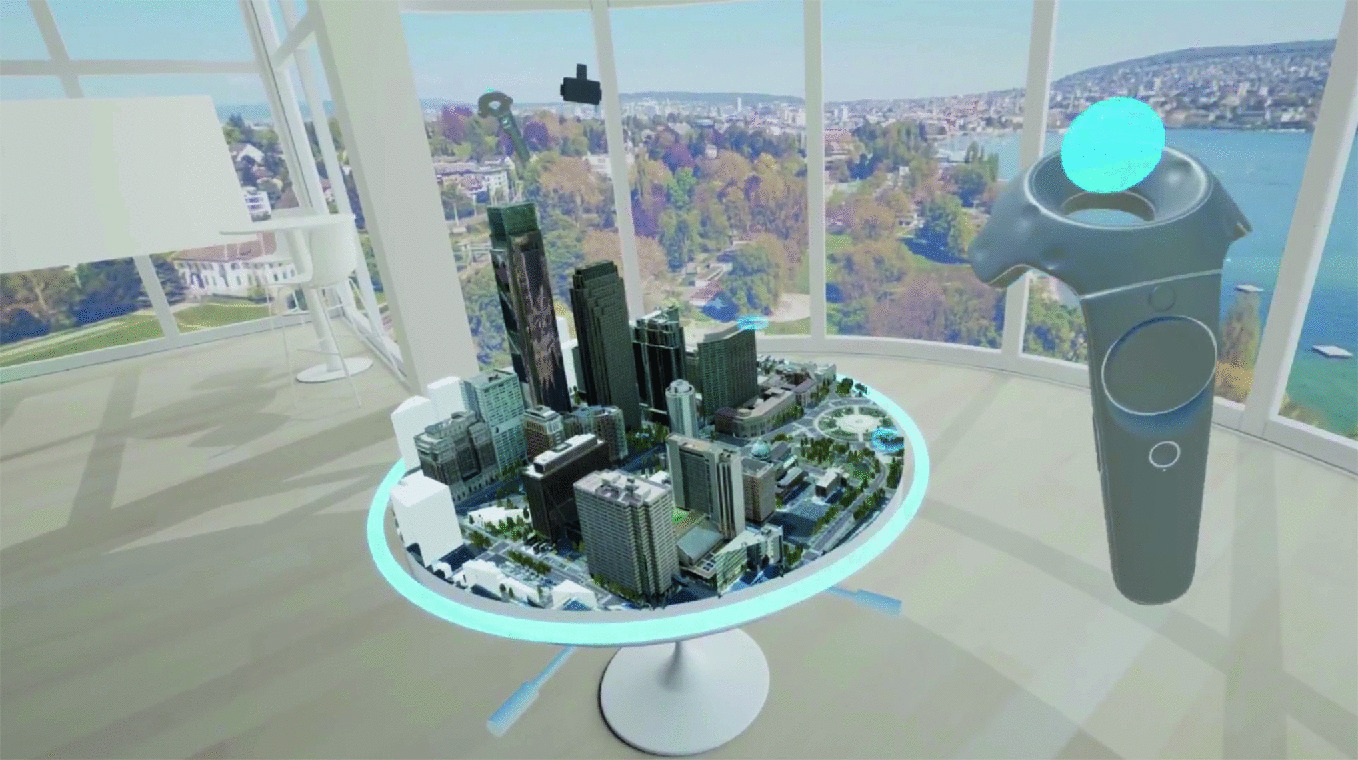

Survey Forth! Innovative Survey Methodologies.
#Esri cityengine forum how to#

Part of assessing the usefulness of CityEngine for use in large areas, such as historic districts or parklands, such as Flushing Meadows Corona Park, is understanding the interoperability between different formats. In this research project, we evaluated CityEngine for use in bringing together the advantages of GIS with 3D modeling. This project addresses the growing opportunity to bridge 2D GIS and 3D models. There are many more examples of the use of 3D GIS for planning purposes however, there are few examples of 3D GIS as a tool for preservation planning. Examples include Auckland’s development of a Unitary Plan (Eagle Technology, 2013), planning and zoning analysis in Portland (ArcGISTeam3DCities, 2013), Honolulu’s modeling of transit-oriented development, (City of Honolulu, 2012), and the University of Rochester’s use of 3D for campus planning (ESRI, 2011). However, governments and institutions around the world are beginning to integrate 3D GIS for planning purposes. These areas of innovation-2D GIS and 3D modeling-remain largely separate areas of technological advancement in historic preservation. An article in Architect magazine documents several different approaches to the use of 3D modeling in historic preservation, including this research project. The development of online 3D platforms and tools, such as Google Earth, support a growing and globally distributed network of users who generate and share 3D images of buildings and structures. Meanwhile, advances in laser measurement of cultural resources are supporting the production of increasingly detailed 3D building models (Cyark, 2013). These innovations illustrate the value of GIS and its growing importance to preservation practice.

Applications range from analytical and predictive techniques to identify cultural resources (Bertron 2013), to web-based GIS tools for heritage inventory (Getty Institute 2013), to rapid survey and online public engagement in Los Angeles’s city-scale comprehensive survey effort (Survey LA 2013), and the development of a participatory GIS web tool in Austin, Texas (University of Texas at Austin 2013). Geographic information systems (GIS) are increasingly used in preservation practice.


 0 kommentar(er)
0 kommentar(er)
